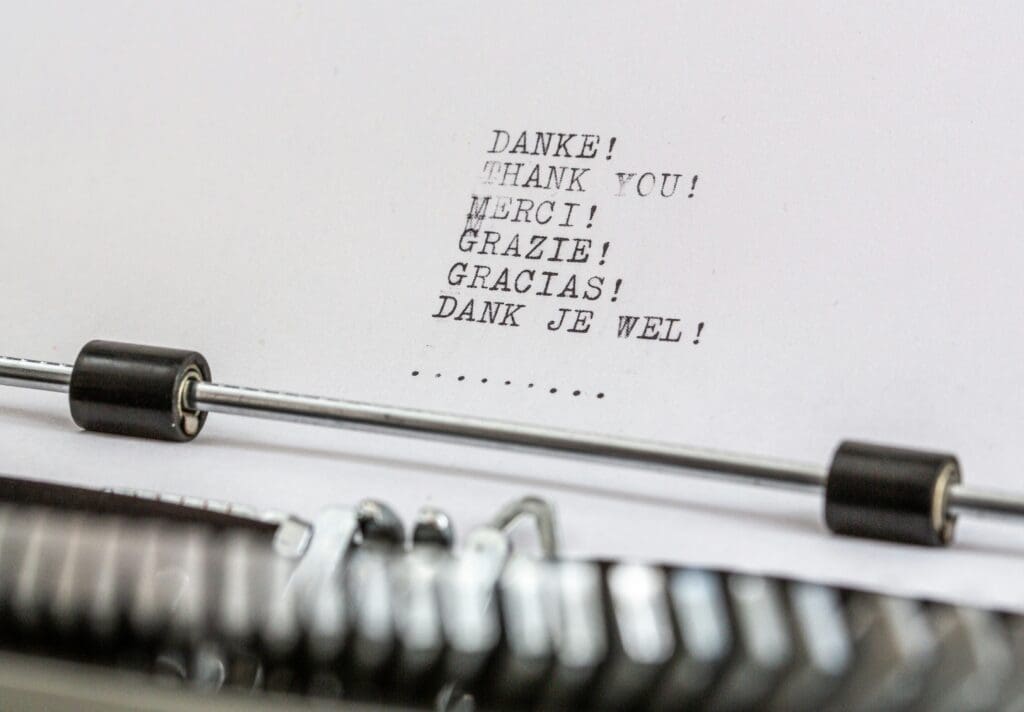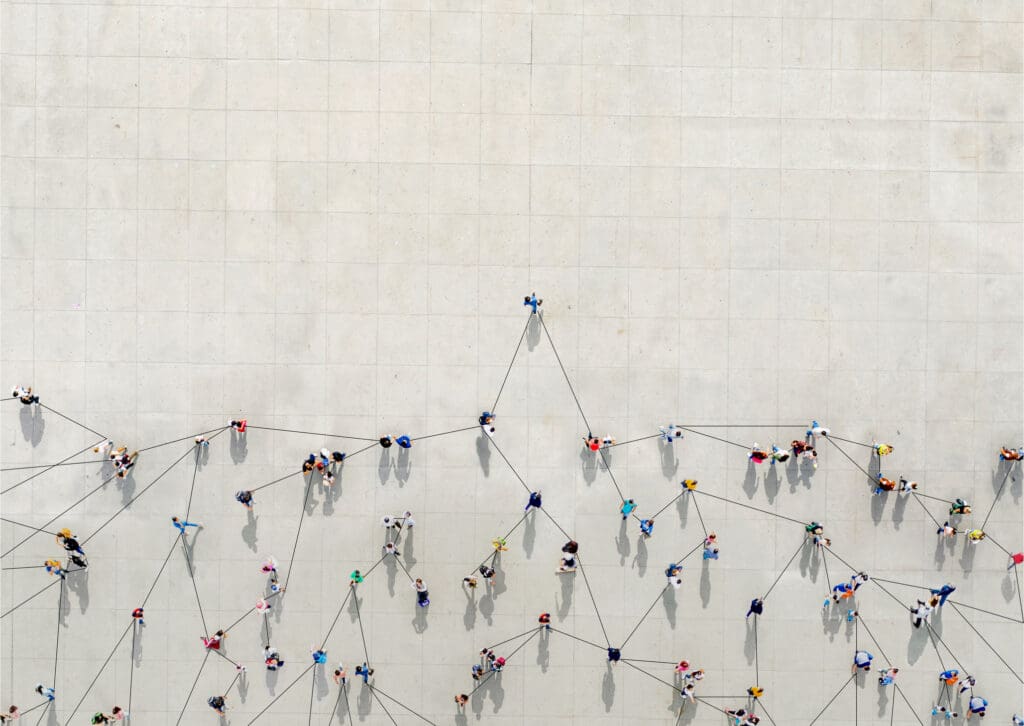How Marriot Bonvoy Creatively Used Pinterest

Pinterest’s moment in the spotlight may have passed since it was the hottest new social network, but the company has continued to grow nonetheless. With more active users than Reddit or Twitter, Pinterest still has a place in the marketing strategy of many companies — assuming they know how to use it. Marriott Bonvoy’s recent campaign is a shining example of Pinterest’s potential when executed properly.
What Makes Pinterest Special
Unlike most other social media platforms, Pinterest hasn’t evolved much over the past decade, sticking to their tried and tested format of “pins” and “boards.” Unlike most platforms, the focus on Pinterest is mostly on the content, not the content provider — you’re on the platform to share the things that appeal to you or the projects you’re undertaking, not to promote your own personality.
There’s some overlap, obviously — Joanna Gaines, the legendary home fixer-upper, has more than half a million followers on Pinterest — but her posts are still presented in the context of fixing houses and interior decor, not just selfies.
Pinterest is also almost purely a visual medium. Videos and images of text are possible, but it’s rare that someone uses Pinterest in the manner of a vlog or podcast in the way that Instagram is often used. The vast majority of Pinterest content is photos — interesting products, good-looking food, vacation destinations, clothing, craft projects, interior design, and so on.
How Marriott Bonvoy Used Pinterest
Marriott Bonvoy (the loyalty program for Marriott hotels) teamed up with Pinterest to create an immersive quiz experience for any Pinterest user. The quiz consists of four questions:
- Where can we take you?
- What are you most looking forward to on your next trip?
- A change of scenery would mean…
- One word for your travel bucket list
If you select “somewhere open,” “adventure,” “mountains,” and “daring” respectively, you’re told that you should “savor the great outdoors” and redirected to a board built by Marriott with content like “Top Picks for the Perfect Ski Trip” and “Reach New Heights in Whistler.”
Changing your answers (you can retake the quiz as often as you’d like) directs you to different content — selecting “somewhere comfortable,” “unique experiences,” “city,” and “connected” directed us to content like “Look Forward to a Carefree Escape” and “Our Kid-Friendly New York City Itinerary.”
The goal of the campaign is simple and obvious — get people excited about traveling again. It’s no secret that the travel and hospitality industries took a significant hit during the lockdowns of 2020, seeing a 42% drop from 2019, and Marriott is attempting to recover with the help of this clever Pinterest marketing campaign.
Pinterest is the perfect medium to plant the travel bug in people’s heads again. Customers are already itching to get out after 15 months cooped up, so they’ve been pining over photos of white sand beaches and fancy restaurants. Browsing travel photos of new and exotic locations is an excellent way to make people want to visit. And, unlike other visual-first platforms like Instagram, Snapchat, and TikTok, Pinterest supports rich content like blog posts that can redirect to the Marriott Bonvoy website and bring in new customers.
Know Your Platforms
The lesson from this campaign is that platforms are not all created equal. Marriott is in the perfect position to take advantage of Pinterest’s unique format and audience, but a software company wouldn’t benefit nearly as much from a mostly visual medium. As marketers, we need to be constantly evaluating which social media platforms lend themselves best to our goals, our audiences, and our campaigns.





